Home>Renovation & DIY>Tools & Equipment>How To Clean Foam Paint Brushes
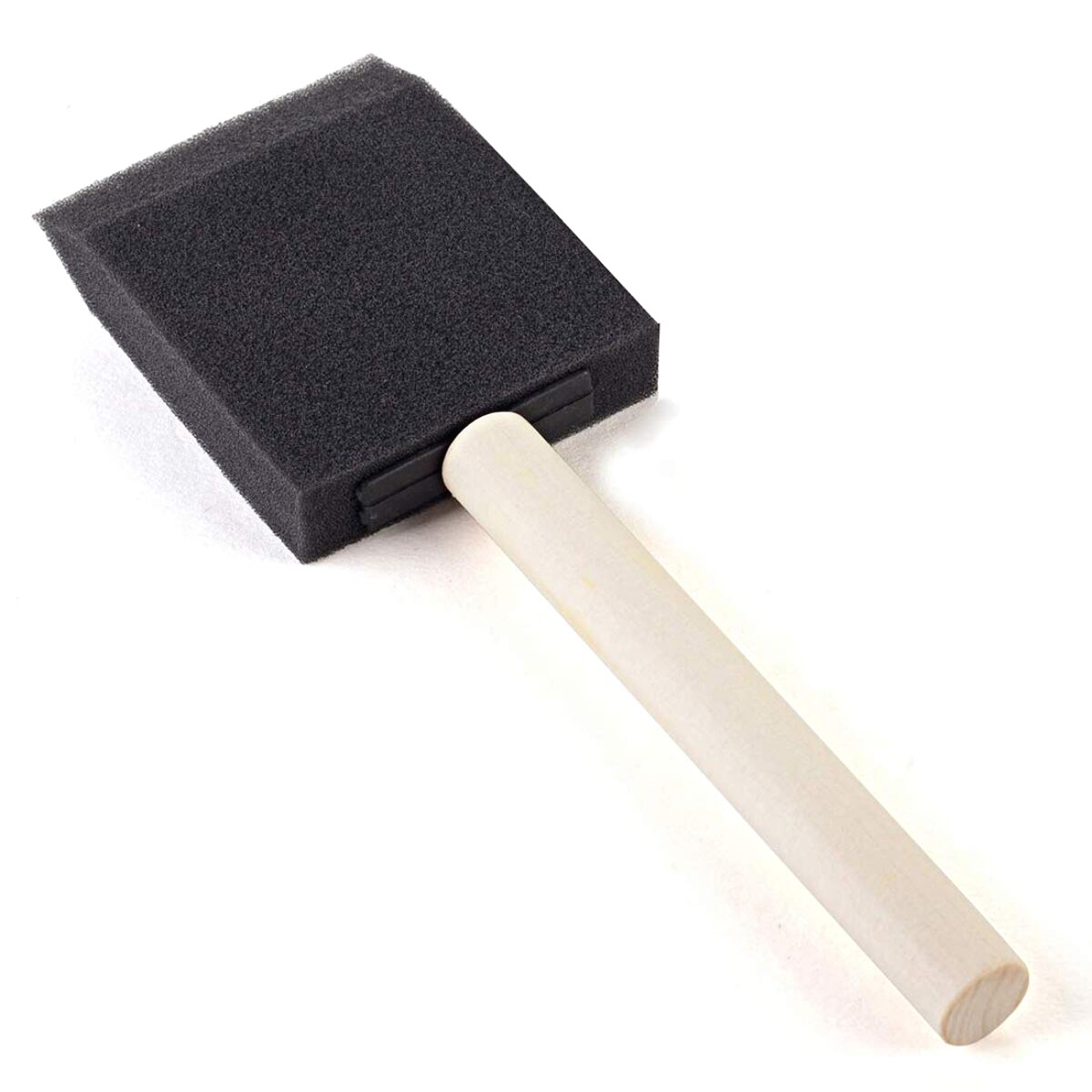

Tools & Equipment
How To Clean Foam Paint Brushes
Modified: August 30, 2024
Learn the best techniques for cleaning foam paint brushes and maintaining your tools and equipment for long-lasting use. Keep your brushes in top condition with these simple tips.
(Many of the links in this article redirect to a specific reviewed product. Your purchase of these products through affiliate links helps to generate commission for Storables.com, at no extra cost. Learn more)
Introduction
Taking care of your foam paint brushes is essential to ensure their longevity and maintain their performance for future projects. Whether you are a professional artist or a DIY enthusiast, knowing how to properly clean and store your foam paint brushes will save you time and money in the long run. By following a few simple steps, you can keep your foam brushes in top condition, ready for your next artistic endeavor. In this guide, we will walk you through the process of cleaning and maintaining your foam paint brushes, ensuring that they remain a valuable tool in your artistic arsenal.
Proper maintenance of your foam paint brushes not only extends their lifespan but also ensures that they consistently deliver the best results. With the right materials and techniques, you can easily remove paint residue, clean the brushes thoroughly, and store them properly for future use. Whether you are using foam brushes for intricate designs, broad strokes, or any other painting technique, keeping them clean and well-maintained is crucial for achieving the desired artistic outcomes.
In the following sections, we will outline the materials needed for cleaning foam paint brushes and provide step-by-step instructions for the cleaning process. From removing excess paint to drying and storing the brushes, we will cover everything you need to know to keep your foam paint brushes in pristine condition. By incorporating these maintenance practices into your painting routine, you can ensure that your foam brushes remain reliable tools, ready to bring your artistic visions to life. Let's dive into the process of cleaning and maintaining foam paint brushes to preserve their quality and performance.
Key Takeaways:
- Properly cleaning and storing foam paint brushes ensures they remain reliable tools for artistic projects, saving time and money in the long run.
- Removing excess paint, washing, drying, and storing foam paint brushes properly preserves their quality and performance for future use.
Read more: How To Clean Enamel Paint Brushes
Materials Needed
Before you begin the process of cleaning your foam paint brushes, it’s important to gather the necessary materials. Having the right tools at your disposal will make the cleaning process more efficient and effective. Here are the materials you will need:
- Used foam paint brushes: Gather the foam paint brushes that require cleaning. Ensure that they are free of any excess paint and are ready to be washed.
- Container or bucket: Prepare a container or bucket large enough to hold the brushes during the cleaning process. This will be used for soaking and washing the brushes.
- Mild liquid soap or brush cleaner: Select a gentle, mild liquid soap or specialized brush cleaner designed for removing paint from brushes without damaging the foam material.
- Warm water: You will need warm water for washing and rinsing the brushes. Ensure that the water is not too hot, as excessive heat can damage the foam bristles.
- Old towels or paper towels: Have a supply of old towels or paper towels ready for drying the cleaned brushes. These will help absorb excess water and facilitate the drying process.
- Optional: Comb or brush cleaning tool: If the foam bristles are particularly clogged with dry paint, a comb or specialized brush cleaning tool can be used to gently remove the residue without damaging the foam.
By having these materials on hand, you can streamline the cleaning process and ensure that your foam paint brushes are thoroughly cleaned and maintained. With the right tools and a systematic approach, you can effectively remove paint residue and preserve the quality of your foam brushes for future use.
Step 1: Removing Excess Paint
Before proceeding with the washing and cleaning process, it’s important to remove any excess paint from the foam brushes. This initial step will prevent paint residue from contaminating the cleaning solution and ensure that the brushes can be effectively cleaned. Here’s how to remove excess paint from your foam paint brushes:
- Scrape off excess paint: Using a flat edge, such as a putty knife or the edge of a paint can, gently scrape off any excess paint from the foam bristles. Be careful not to apply too much pressure, as you don’t want to damage the foam material.
- Squeeze out excess paint: With a gentle squeezing motion, press the foam bristles between your fingers to release any remaining paint. Continue this process until the majority of the paint has been expelled from the bristles.
- Optional: Use a paper towel: If there is still residual paint clinging to the foam bristles, lightly dab them with a paper towel to absorb any remaining paint. Avoid rubbing the bristles vigorously, as this can push the paint further into the foam.
By removing excess paint from your foam brushes, you are preparing them for the subsequent cleaning steps. This initial process minimizes the amount of paint that needs to be washed out, making the overall cleaning process more efficient and ensuring that the brushes are thoroughly cleaned.
Step 2: Washing the Brushes
Once you have removed the excess paint from your foam brushes, it’s time to proceed with the washing process. Properly cleaning the foam bristles will ensure that any remaining paint and residue are effectively removed, restoring the brushes to their pristine condition. Follow these steps to wash your foam paint brushes:
- Prepare the cleaning solution: Fill a container or bucket with warm water. Add a small amount of mild liquid soap or specialized brush cleaner to the water, creating a gentle cleaning solution. Stir the water to ensure that the soap is evenly distributed.
- Soak the brushes: Submerge the foam paint brushes in the cleaning solution, ensuring that the bristles are fully immersed. Allow the brushes to soak for several minutes, allowing the cleaning solution to penetrate the bristles and loosen any remaining paint.
- Gently agitate the bristles: After soaking, gently agitate the foam bristles with your fingers to dislodge any stubborn paint particles. Avoid using excessive force, as foam bristles can be delicate and should be treated with care.
- Rinse the brushes: Remove the brushes from the cleaning solution and rinse them under running water. Ensure that all traces of soap and paint are thoroughly rinsed from the bristles. Continue rinsing until the water runs clear, indicating that the brushes are clean.
- Optional: Repeat the process: If necessary, repeat the soaking and washing process to ensure that all paint residue is removed from the foam bristles. Stubborn or dried paint may require additional cleaning cycles to achieve thorough results.
By washing your foam paint brushes with a gentle cleaning solution and thorough rinsing, you can effectively remove any remaining paint and residue, restoring the brushes to their original state. This step is crucial for maintaining the performance and longevity of your foam brushes, ensuring that they remain reliable tools for your artistic endeavors.
After using foam paint brushes, rinse them thoroughly with warm, soapy water. Gently squeeze out excess water and reshape the bristles. Let them air dry completely before storing.
Step 3: Drying the Brushes
After washing your foam paint brushes, it’s essential to ensure that they are properly dried to prevent moisture-related damage and maintain their shape and performance. Drying the brushes thoroughly will prepare them for storage and future use. Follow these steps to dry your foam paint brushes effectively:
- Gently squeeze out excess water: Hold the foam brushes over a sink or container and gently squeeze the bristles to remove excess water. Avoid twisting or wringing the bristles, as this can cause damage or misshape the foam material.
- Blot with a towel: Lay out a clean, dry towel and gently blot the foam bristles to absorb additional moisture. Lightly press the brushes against the towel, repeating the blotting process as needed to remove as much water as possible.
- Reshape the bristles: Once excess moisture has been removed, use your fingers to reshape the foam bristles, ensuring that they are evenly distributed and retain their original form. This step is crucial for maintaining the integrity of the bristles.
- Allow air drying: Place the foam paint brushes in a well-ventilated area with the bristles pointing downward to air dry. Avoid placing the brushes upright, as this can cause water to seep into the ferrule and handle, potentially causing damage over time.
- Optional: Use a brush stand or drying rack: If available, use a brush stand or drying rack to hold the brushes during the drying process. This will help maintain the shape of the bristles and ensure thorough, even drying.
- Check for dryness: Once the brushes have been air drying for a sufficient period, ensure that they are completely dry before storing them. Touch the bristles to confirm that no residual moisture remains.
By following these steps, you can effectively dry your foam paint brushes, ensuring that they are free of moisture and ready for storage. Proper drying techniques will help preserve the quality of the foam bristles and extend the lifespan of your brushes, allowing you to continue using them for your artistic projects.
Read more: How To Clean Urethane Paint Brushes
Step 4: Storing the Brushes
Proper storage is essential for maintaining the condition and performance of your foam paint brushes between uses. By storing the brushes correctly, you can prevent damage to the bristles and ensure that they are ready for your next painting project. Follow these steps to store your foam paint brushes effectively:
- Choose an appropriate storage location: Select a clean, dry area where the brushes can be stored without being crushed or bent. Avoid storing them in a crowded or tightly packed space, as this can deform the bristles.
- Protect the bristles: To prevent dust and debris from settling on the bristles, consider using protective covers or individual storage sleeves for each brush. Alternatively, store the brushes in a dedicated brush holder or container designed to keep the bristles upright and protected.
- Avoid extreme temperatures: Store the brushes in a location with moderate temperature and humidity levels. Exposure to extreme heat or cold can damage the foam material and affect the overall quality of the brushes.
- Store brushes horizontally or with bristles facing upward: Lay the foam paint brushes flat or store them with the bristles facing upward to maintain their shape and prevent deformation. Avoid storing them with the bristles facing downward, as this can cause them to bend or become misshapen over time.
- Inspect the storage area: Periodically check the storage location to ensure that it remains clean and free of any potential contaminants that could affect the brushes. Keeping the storage area tidy will help preserve the cleanliness of the brushes between uses.
- Consider individual packaging: If the foam brushes are particularly delicate or require extra protection, consider storing them in individual packaging, such as plastic sleeves or protective cases, to shield them from external elements.
By following these storage guidelines, you can maintain the quality and condition of your foam paint brushes, ensuring that they are ready for use whenever inspiration strikes. Proper storage practices will help preserve the integrity of the foam bristles and extend the lifespan of your brushes, allowing you to continue creating art with confidence.
Conclusion
Mastering the art of cleaning and maintaining foam paint brushes is a valuable skill for artists and DIY enthusiasts alike. By following the step-by-step process outlined in this guide, you can ensure that your foam brushes remain in optimal condition, ready to bring your creative visions to life. Proper maintenance not only extends the lifespan of your brushes but also ensures consistent performance and reliable results.
From removing excess paint to washing, drying, and storing the brushes, each step plays a crucial role in preserving the quality of your foam paint brushes. By using the right materials and techniques, you can effectively remove paint residue, prevent damage, and maintain the shape and functionality of the foam bristles.
Remember that investing time and care into cleaning and maintaining your foam paint brushes is an investment in your craft. By incorporating these practices into your artistic routine, you can enjoy the benefits of well-maintained brushes, allowing you to focus on your creative process without the worry of brush-related issues.
Whether you use foam brushes for intricate details, broad strokes, or any other painting technique, their proper care is essential for achieving the best results. By following the guidelines in this guide, you can ensure that your foam paint brushes remain reliable tools, ready to help you express your creativity with precision and flair.
By making cleaning and maintaining your foam paint brushes a regular part of your artistic process, you can enjoy the continued performance and longevity of these essential tools, allowing your creativity to flow unhindered.
Frequently Asked Questions about How To Clean Foam Paint Brushes
Was this page helpful?
At Storables.com, we guarantee accurate and reliable information. Our content, validated by Expert Board Contributors, is crafted following stringent Editorial Policies. We're committed to providing you with well-researched, expert-backed insights for all your informational needs.
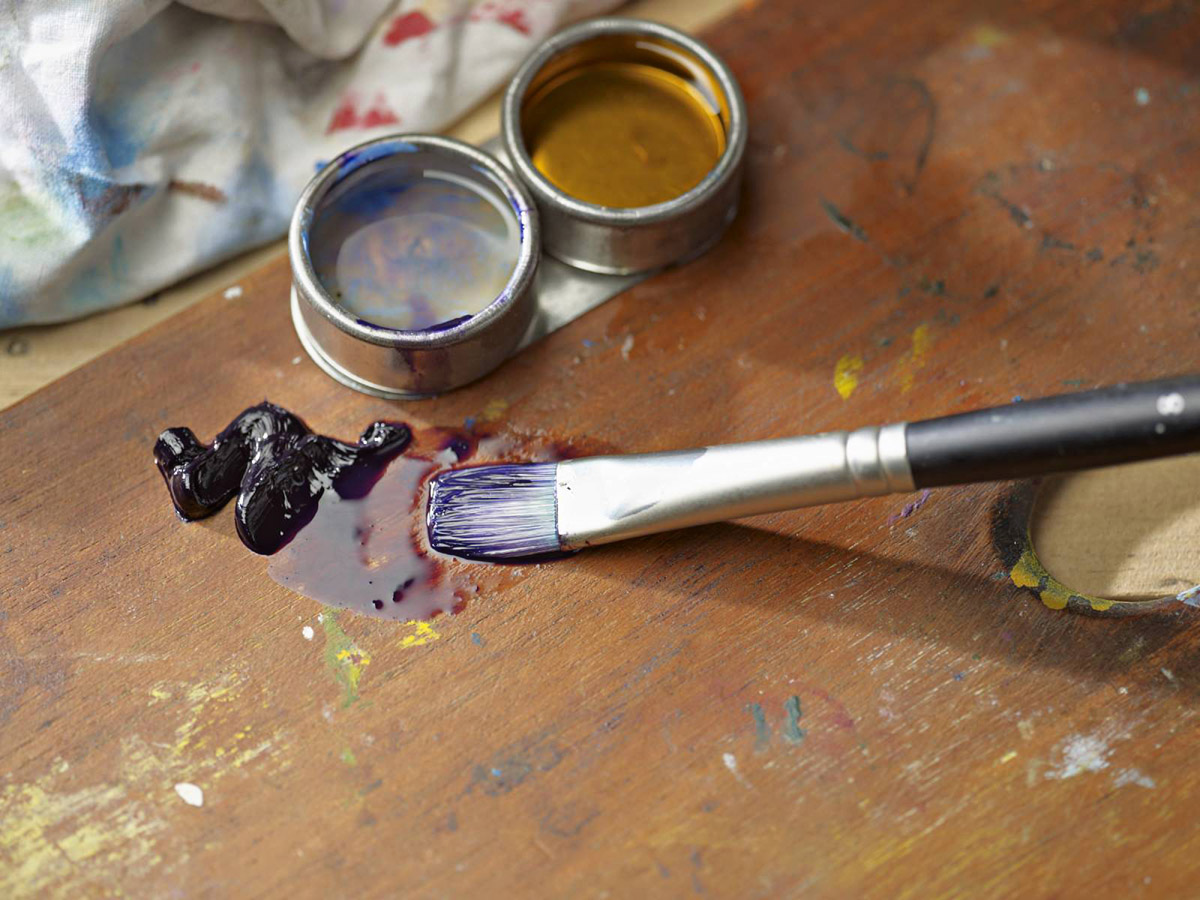
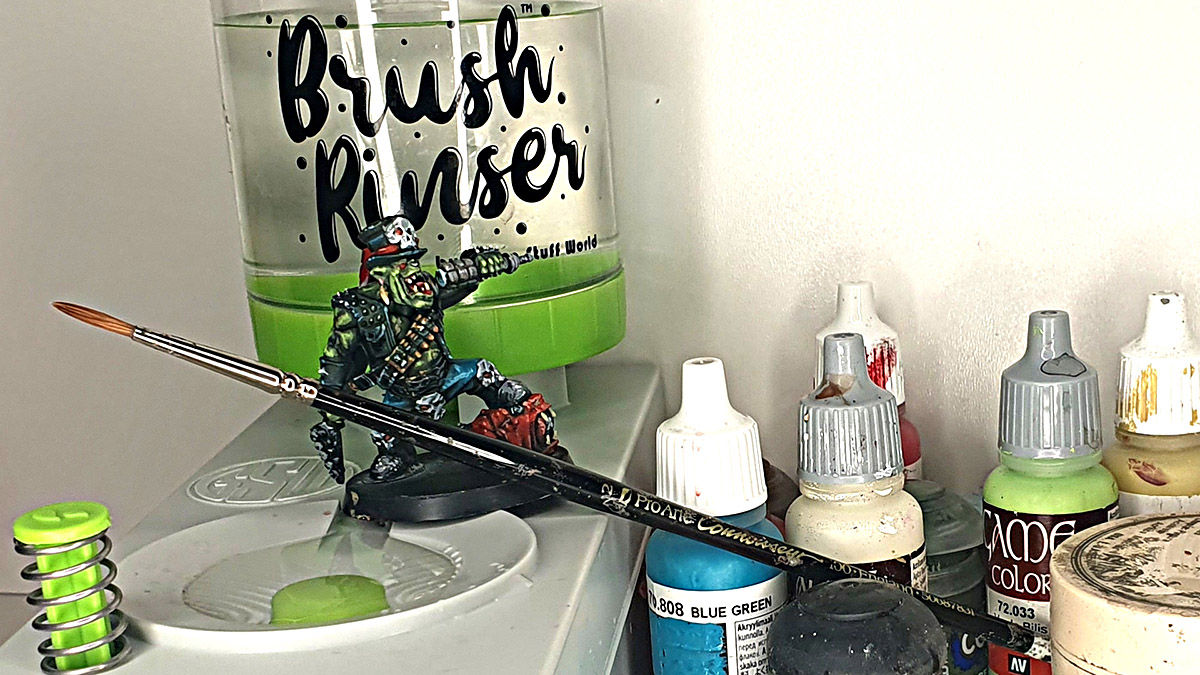
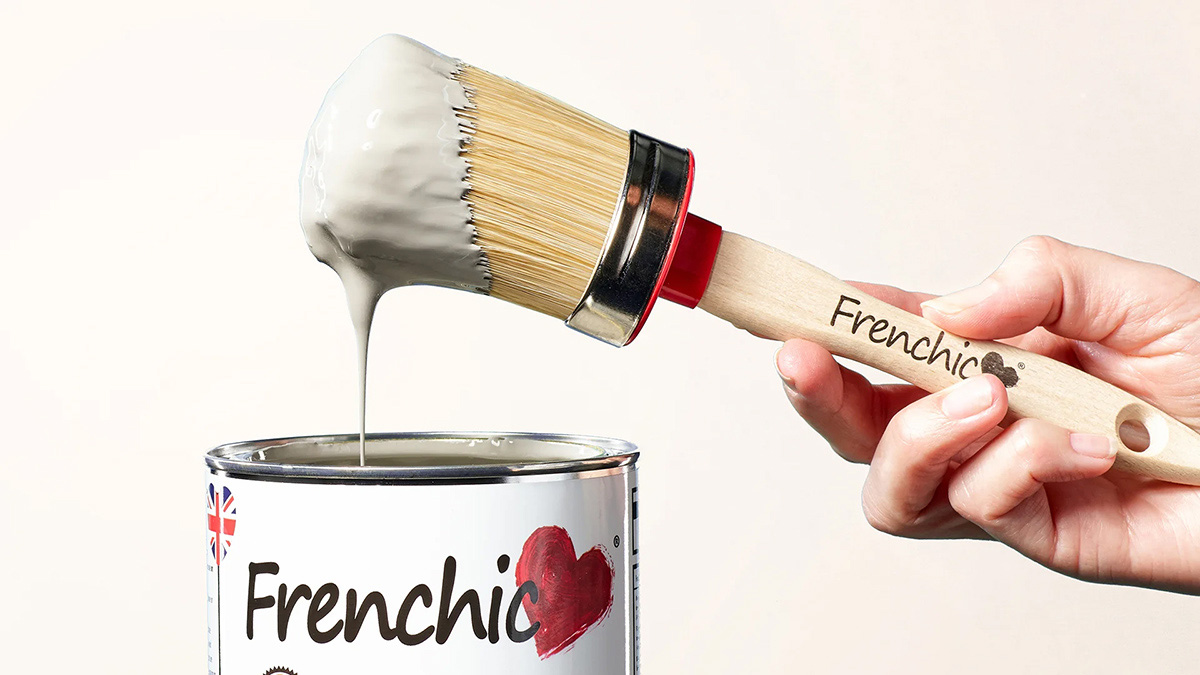
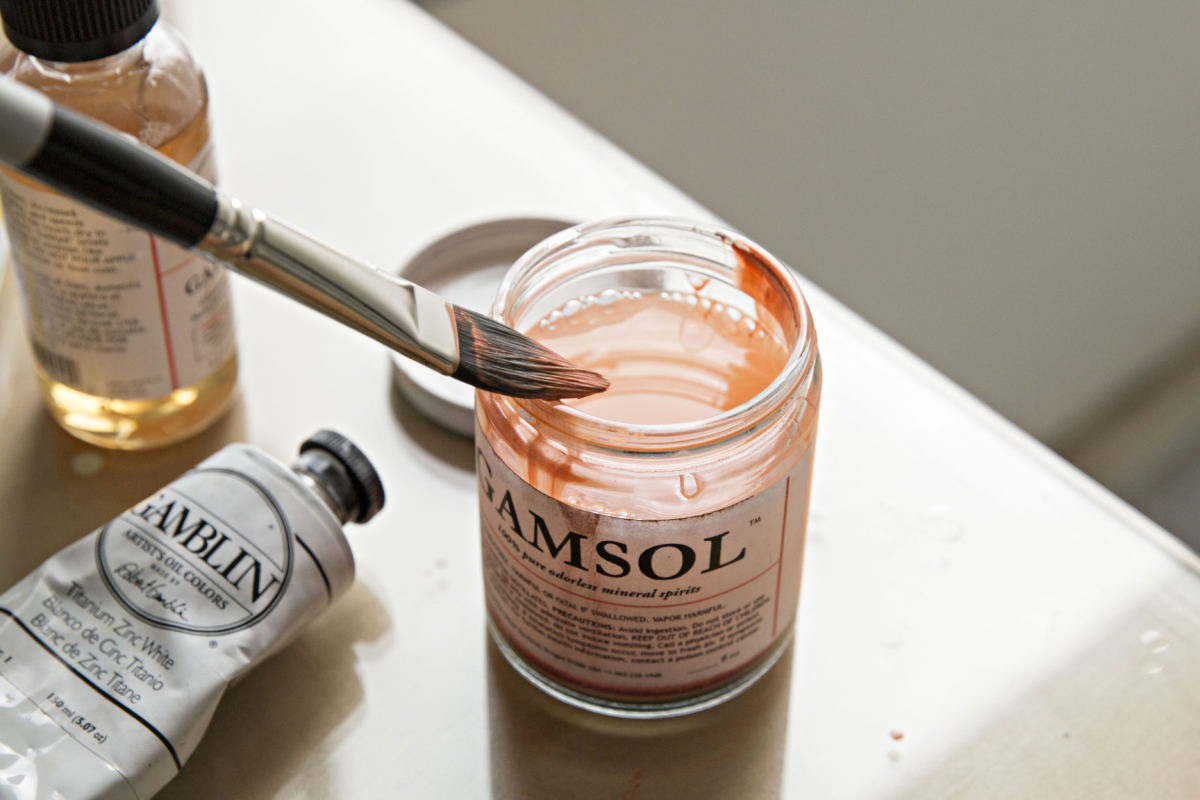
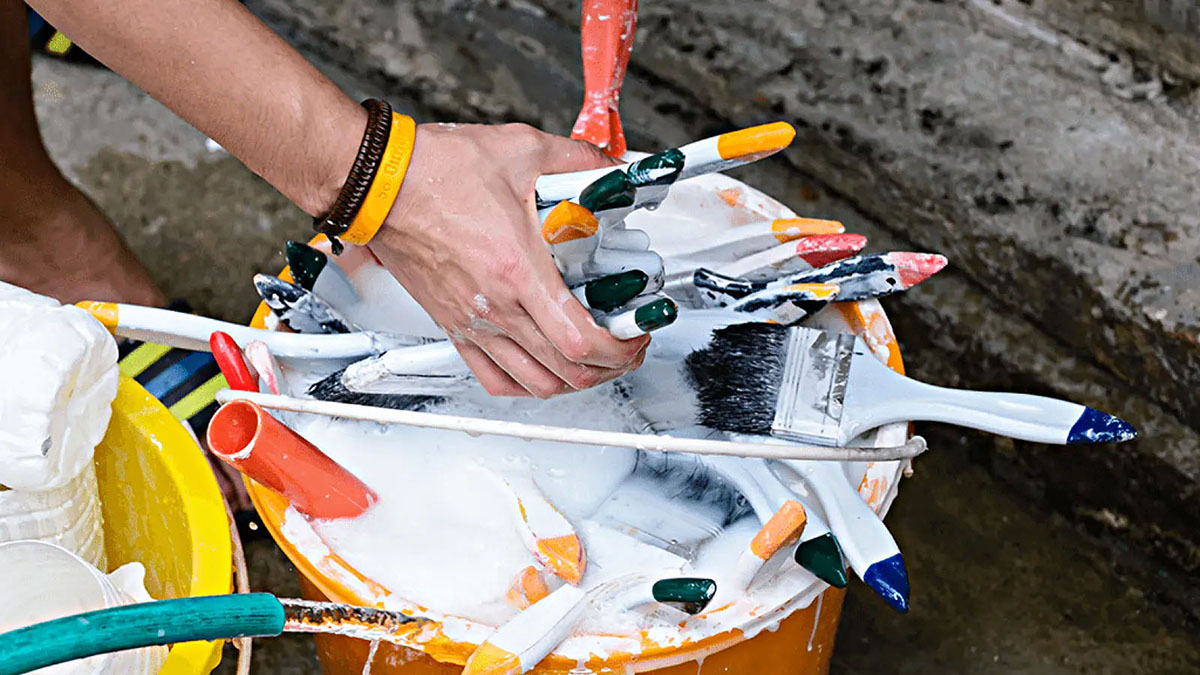
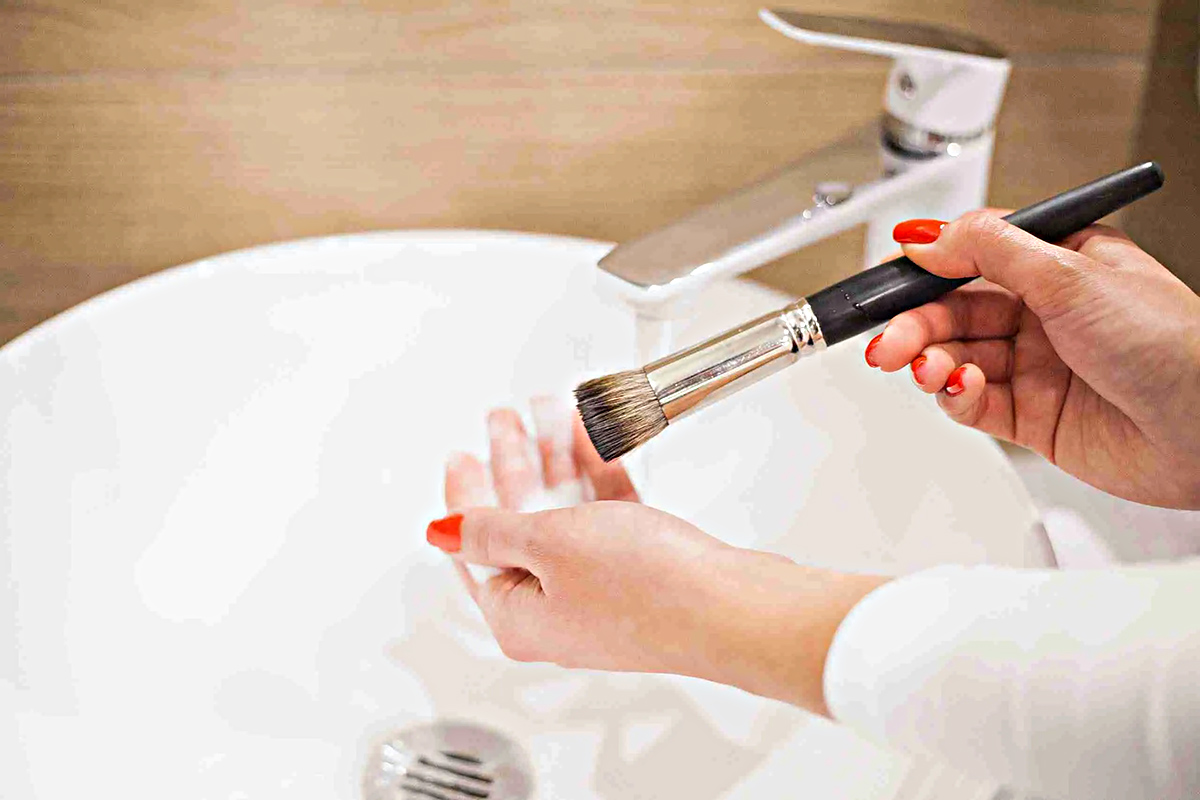


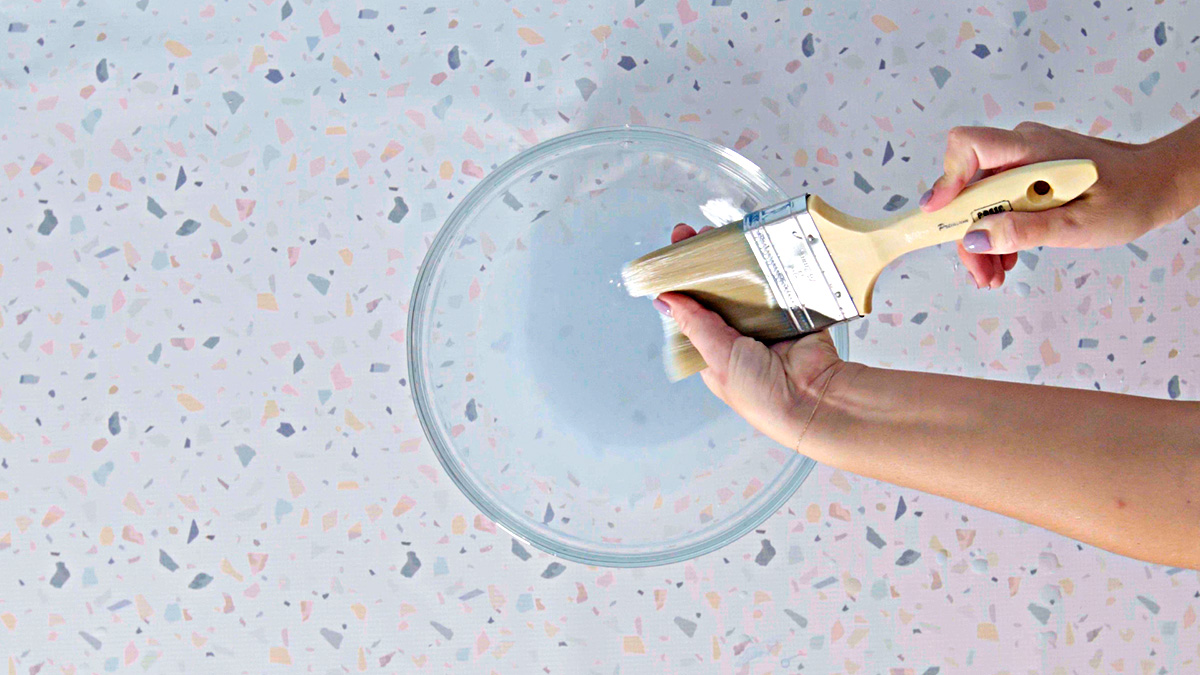
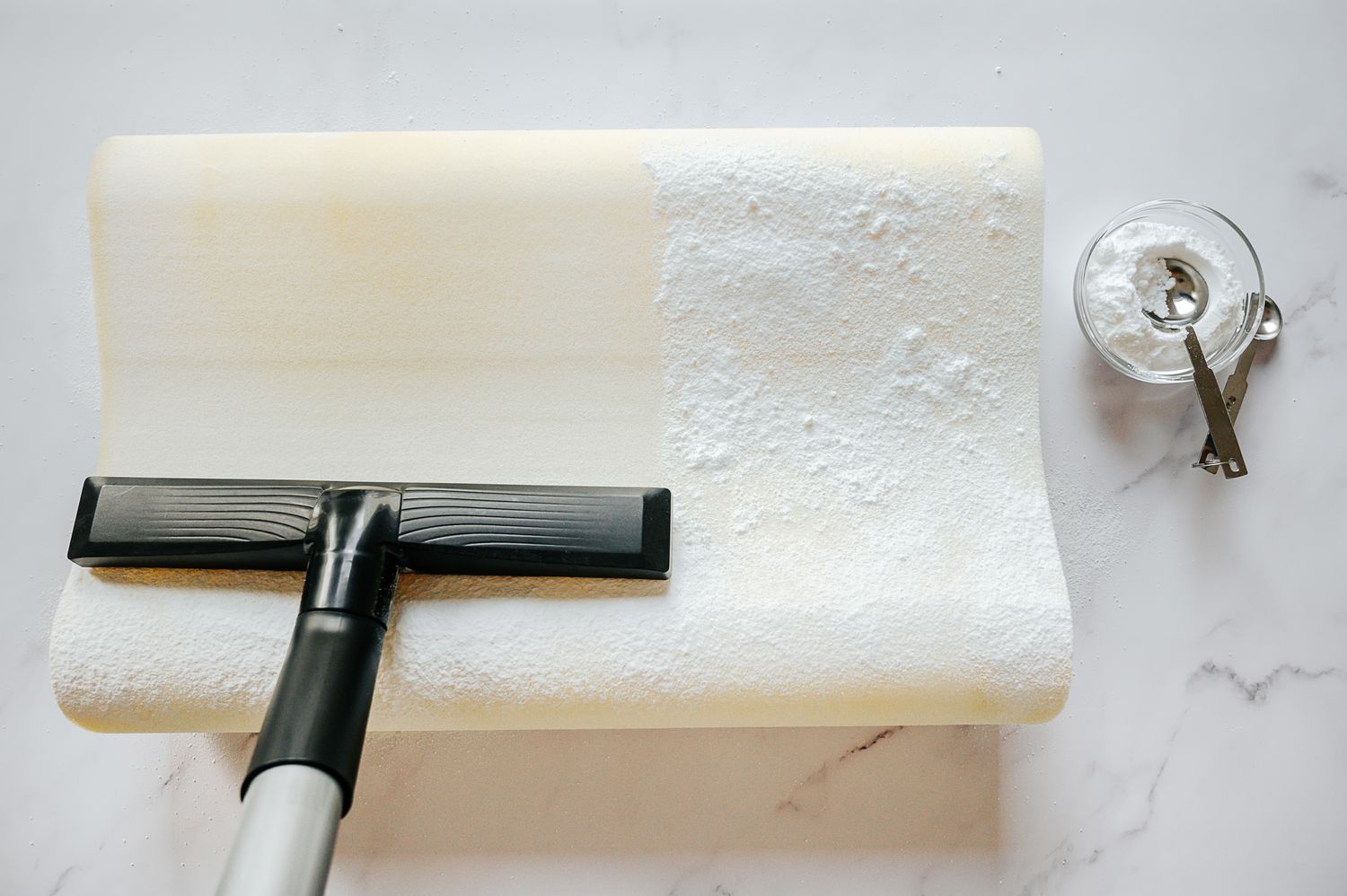

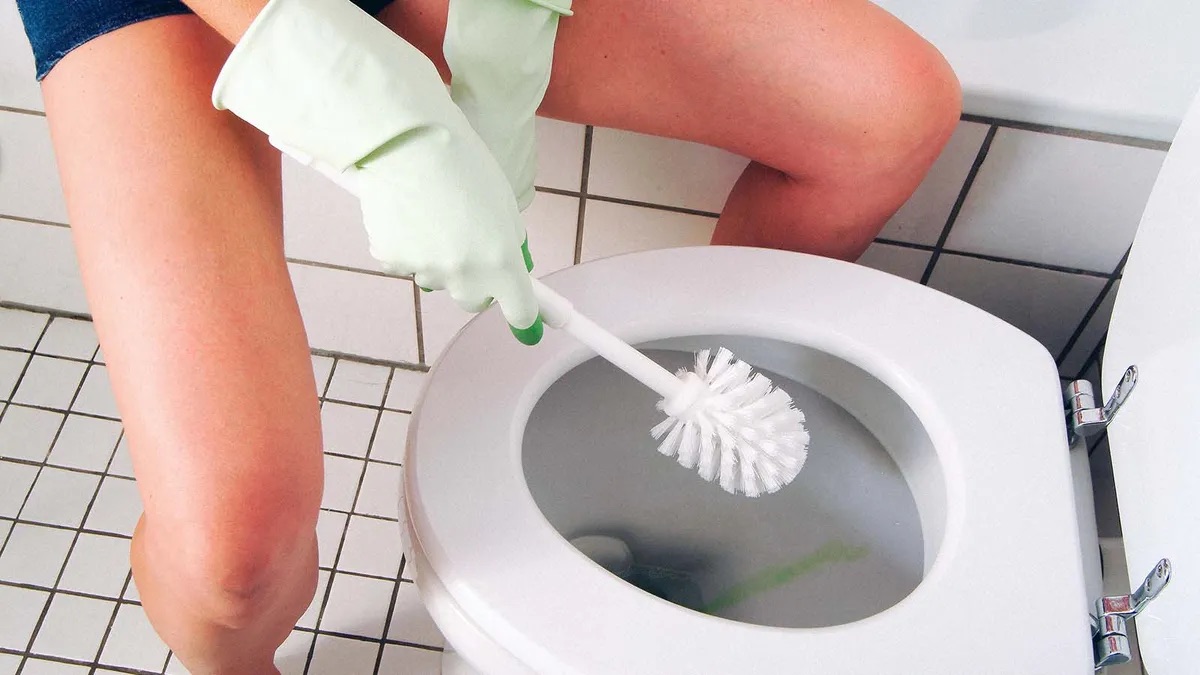
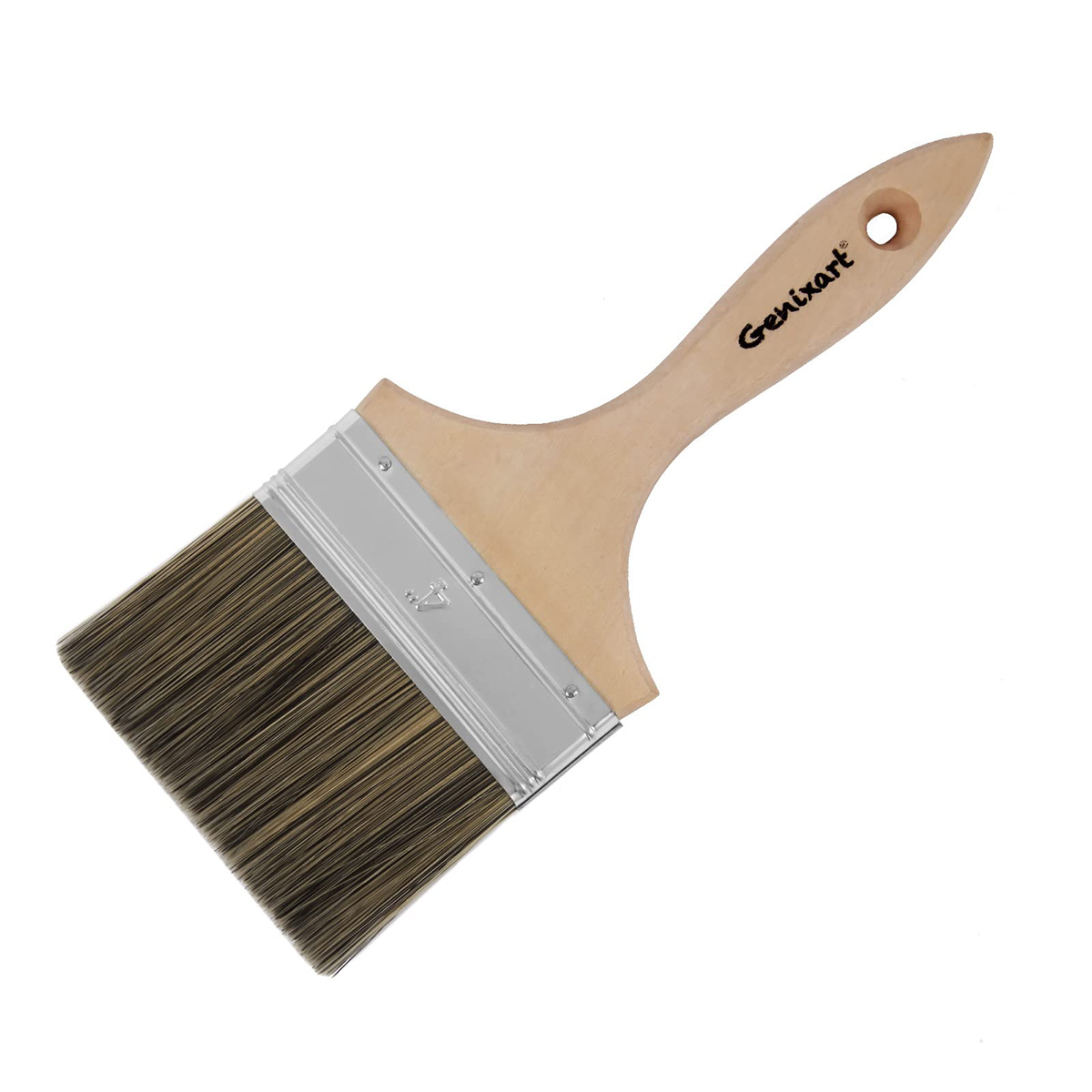
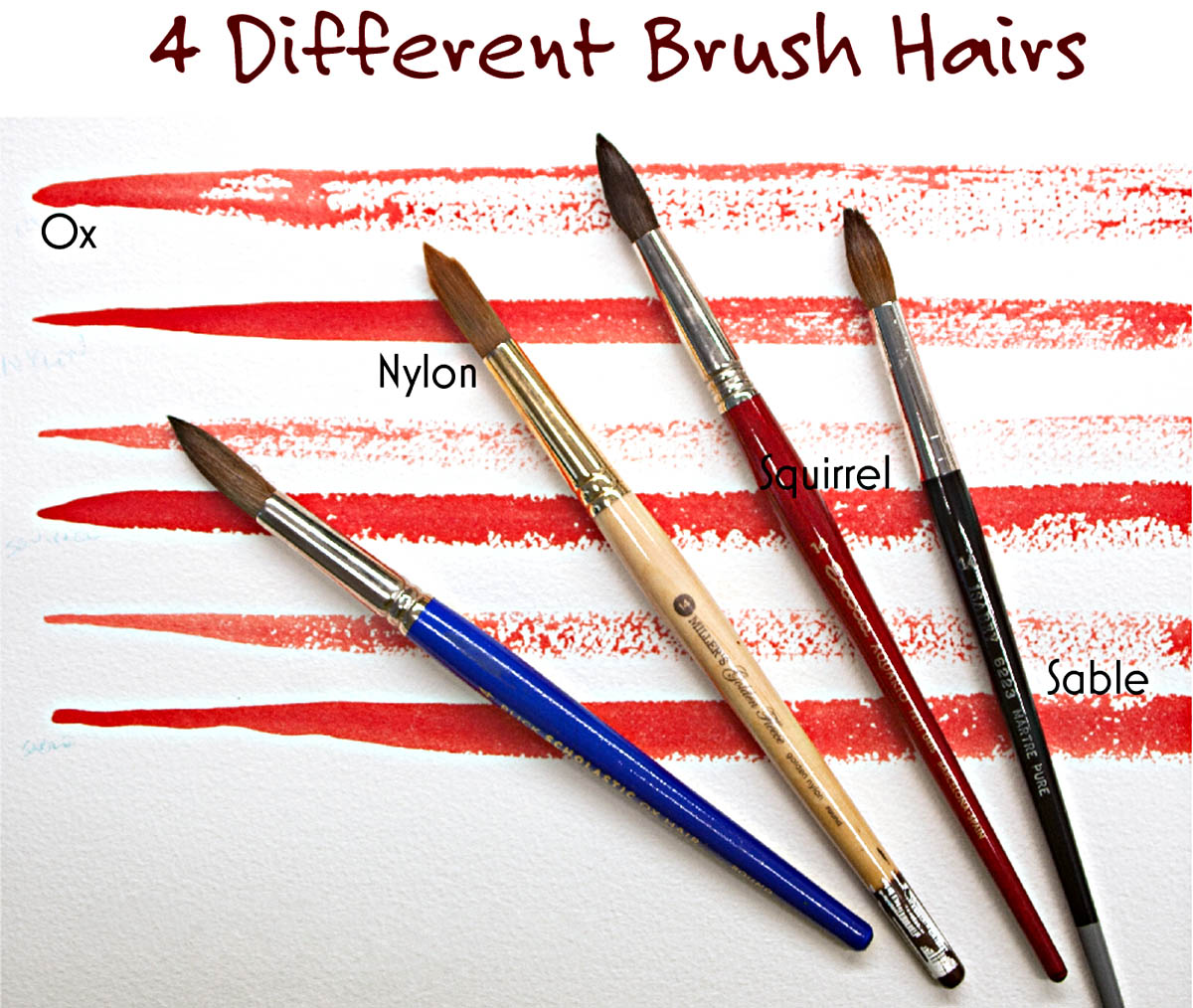

0 thoughts on “How To Clean Foam Paint Brushes”